Migration policy is at risk of becoming politically toxic
Labor has run out of puff in fixing a broken visa system and the nation is paying a heavy price for its failure. Will someone hit the Prime Minister with a dose of adrenaline from the autoinjector?
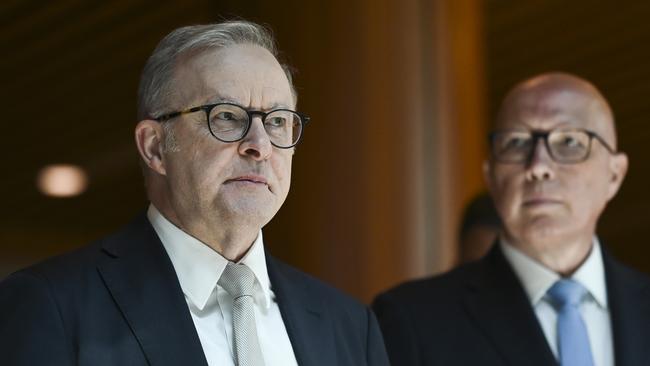
Perhaps it’s just part of an allergic reaction to reform. Will someone hit the Prime Minister with a dose of adrenaline from the autoinjector?
After an expert panel reported early last year, the evidence was in; a reform strategy was broadly set last December and several tweaks put in motion that would restore integrity and enhance economic outcomes from migration. Watch this space, former Home Affairs Minister Clare O’Neil declared about her new policy road map, for a 10-year rebuild was on the way.
But the High Court’s NZYQ decision a year ago, scuttling indefinite detention of non-citizens, exposed the federal government’s ineptness in legal and political management. A much better visa system seemed in reach, but it has been derailed by events, brutal partisanship, timidity and panic.
The record-high inflow of foreigners – roughly one million students, backpackers and workers over two years – has both spooked and immobilised Labor, leaving it vulnerable to an election campaign onslaught from its opponents that won’t serve the national interest.
Treasury secretary Steven Kennedy has conceded lower than expected departures meant that net overseas migration is likely to be significantly higher than the 395,000 and 260,000 forecast in the May budget for last and this financial year, respectively. “Rather than depart, many migrants have extended their stay by applying for new visas, including permanent visas,” Kennedy told the Senate.
Peter Dutton has outlined his “stop the visas” approach of slashing the permanent migration intake by one-quarter. A good, solid chunk. Strong. Voters over 50 love it in the focus groups. If implemented, we’ll get a lot fewer of the skilled workers we need right now. But there’s plenty of precedent for overkill and misguided moves.
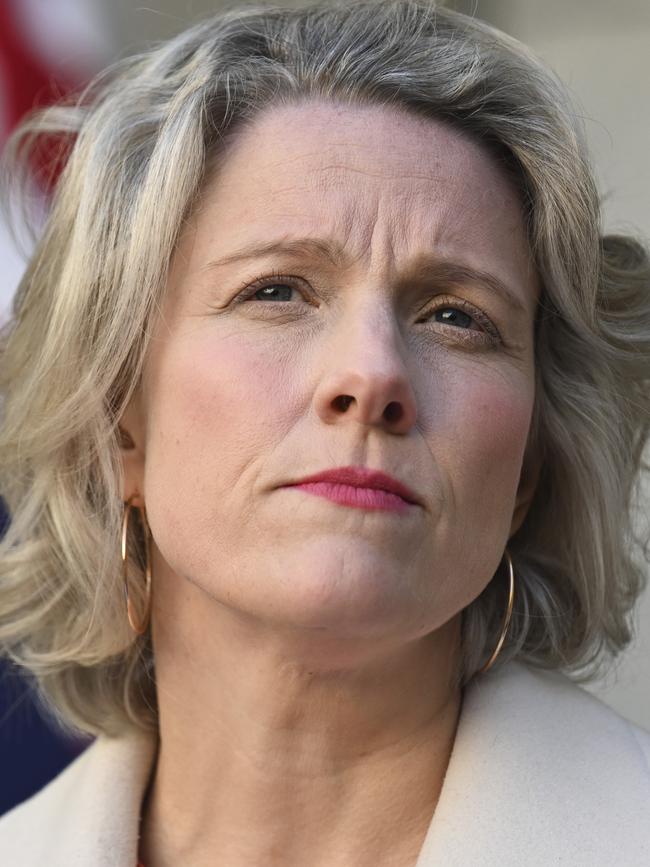
Labor is now in the realm of panicky decisions, on top of earlier missteps such as not ending a pandemic-era work visa. There were solid moves by O’Neil to end rorts and exploitation in the international education sector; more stringent English-language and working rights rules, a new age limit of 35 for graduate visas, changes to end visa-hopping by foreign students and graduates, a ministerial direction to give priority to low-risk institutions, higher visa application fees, and “genuine student” requirements have tightened things up.
Student visa refusal rates are up. In the first three months of this financial year, the refusal rate was 21 per cent (from 14 per cent two years ago). But it’s a dynamic visa system and tightening one valve leads to pressure and escapes in other places. There’s been a surge in administrative appeals, claims for asylum and issuance of bridging visas.
At the end of September, there were 338,000 foreigners here holding a bridging visa; one-third were seeking a student visa. A change in July outlawing visitors and graduates from applying onshore for a student visa was behind an almost 80 per cent jump in that bridging category alone.
The government’s more controversial play has been its proposal to cap international student numbers at 270,000 next year. A Senate committee last month backed unprecedented powers for Education Minister Jason Clare to cap enrolments and set quotas for every university and training provider.
Labor’s crackdown on foreign students is a political winner in the heartland. But it means a smaller economy – fewer foreigners spending and working while they are studying – without any easing in the inflationary pressures that are keeping interest rates on hold.
Spending by international students on living costs and tuition are counted as exports, worth $47bn last financial year. In new forecasts, published last week, the Reserve Bank wound back its estimate for GDP growth, mainly due to weaker services exports and an unexpected drop off in average spending by foreign students. The economy will be $8bn smaller next year than the RBA’s previous modelling.
In their regular industry liaison, the central bank’s staff found the student cap is expected to further reduce new enrolments in 2025. “In response to this weaker outlook, some providers are reconsidering investment plans and/or staffing requirements,” the RBA’s quarterly statement said.
You’d think an easing in spending would help to bring inflation to heel, given demand has been running ahead of supply. But lower population growth “also reduces the supply capacity of the economy given the propensity of migrants to work”. It means there will not be a material effect on the degree of spare capacity in the economy and therefore no help in reducing inflation.
The post-pandemic population surge is certainly front of mind for voters, with around half of respondents in a new SEC Newgate poll saying the level of immigration was making a large contribution to the problem of housing affordability and availability (two-thirds also nominate the rising cost of construction and building materials as a primary cause).
The return of foreign students, however, has also seen a slight increase in average household size that will take some of the heat out of the rental market. The chair of the National Housing Supply and Affordability Council Susan Lloyd-Hurwitz argues international students are not crowding out renters in our cities, largely because students are only 4 per cent of renters.
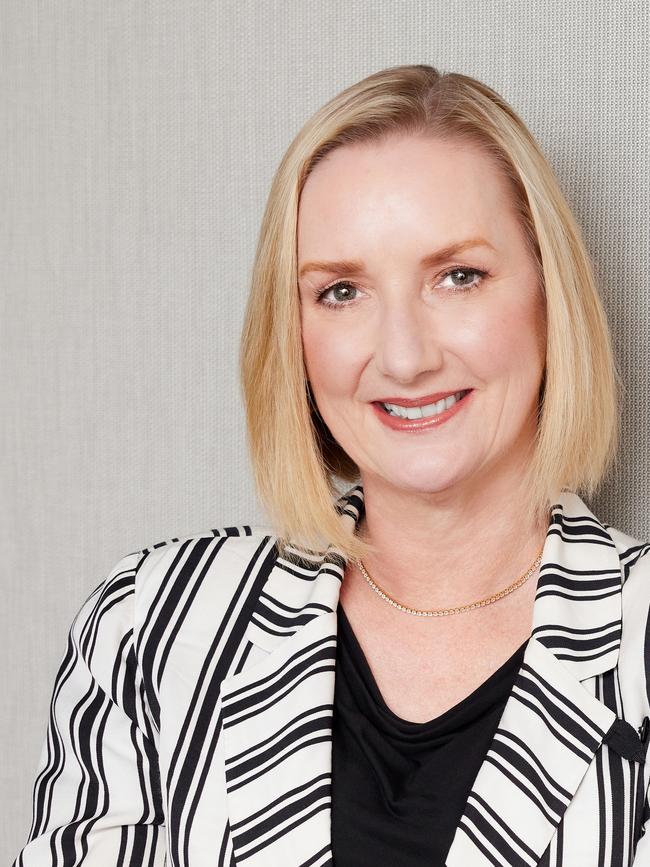
“A number of them live in designated student housing, or indeed rent those spare bedrooms from individual households,” she told the National Press Club in September. “It’s really hard for us to see how capping international student numbers could make very much of a dent at all on the housing system.”
Appearing before the Senate last week, Lloyd-Hurwitz said “migration is not the primary cause of the housing crisis that we’re in”. “Interestingly, we’ve had house price escalation greater than income escalation in periods of high migration, periods of no migration and periods of low migration. It is not the single causal factor of what’s happening in the property market. Nevertheless, a short-term spike in migration certainly does put pressure on the system.”
Joanna Howe, who was part of the three-member Migration Review panel, tells Inquirer “the biggest challenge for any government is to bring back a spirit of bipartisanship in regulating and making policy for the Australian skilled migration program”.
“This bipartisanship existed for the first 15 years of the contemporary program, but since then reform was hamstrung by puerile debates between both major political parties that failed to address the genuine problems in the system,” says the University of Adelaide professor of law.
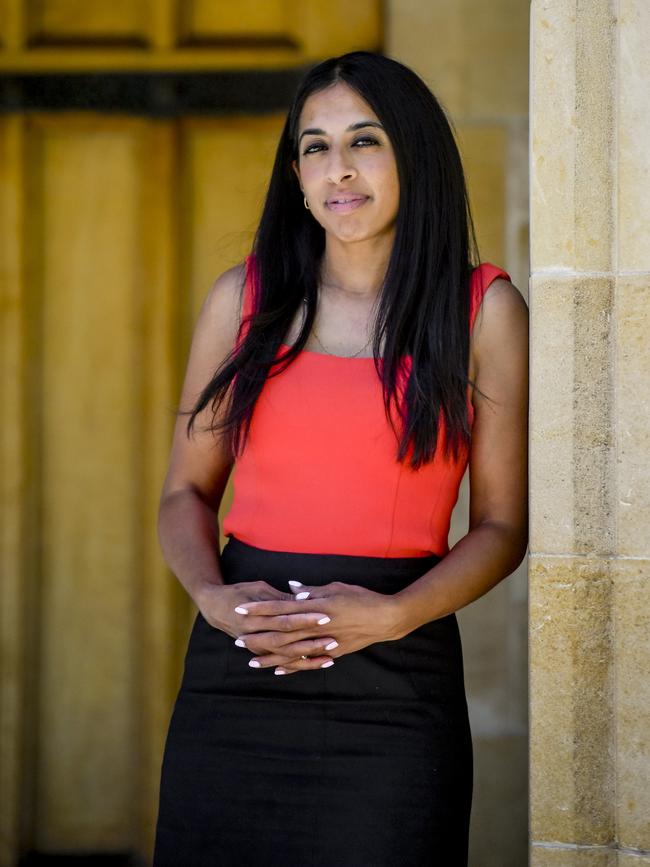
Howe says the closed borders during the pandemic were a lost opportunity for the Morrison government to reform the skilled program. “Minister O’Neil rightly diagnosed that the system was broken and had the courage to commission a comprehensive review,” she says.
“The great tragedy is that the reform momentum and bipartisan spirit around the government’s migration strategy has largely stalled because of the politicisation of migration policy once again after the High Court decision last November.”
There were high hopes this year would deliver a revitalised points test to see who qualifies for permanent migration. The current one is truly an abomination, with perverse allocations, while encouraging gaming, giving false hope, sending people on regional goose chases to accumulate a higher score and not delivering the settlers the country needs. Although it’s vital to get the mechanism absolutely right, the points test appears to be stuck in a bureaucratic morass.
Likewise, there was early movement on improving the Working Holiday Maker scheme and getting better regional migration outcomes, through co-operative planning by all three tiers of government. Same goes for medium-term settings for migration, with an emphasis on permanency, rather than the helter-skelter of demand-driven temporary surges.
The centrepiece of Labor’s reform effort was a new Skills in Demand visa, with three streams – specialist, core skills, and essential skills – to replace the temporary skill shortage visa and provide a clear path to permanency. According to a Home Affairs official, the first two streams “will be implemented by the end of the year, with some further work under way on the essential-skills stream”.
We’ll see.
Why has it taken so long? We are trying to build 1.2 million homes over five years while attracting talent in fast-changing frontiers such as AI, crypto and biotech.
The specialist stream should have been done and dusted by now; it is designed to recognise highly skilled migrants, earning at least $135,000 a year (to be indexed annually), who will, according to the government, “bring significant economic benefits to Australia”. It excludes tradies, labourers and drivers, and visas are meant to be processed in seven days.
The second stream is designed to attract the skilled workers we need now who fit a new core-skills occupation list being developed by Jobs and Skills Australia. Officials told the Senate last week a draft list is in the works for a visa that will have a 21-day turnaround.
The third, essential stream is likely to be more difficult to bed down, as it is for lower-paid migrants in areas such as aged care and disability services.
Tony Burke, a “safe pair of hands” by all accounts, was slotted into the Home Affairs portfolio in the July reshuffle. Yet policy insiders have told Inquirer there will be little, if anything, to see on migration reform for the duration of this parliamentary term.
The entire migration field is “politically toxic”, as one source put it, poisoned by half scares over illegals and the undesirable ex-con non-citizens we can’t export.
So we muddle on, stumbling from self-harm to false alarm, the country unable to exploit for the very best reasons the rich seam of global talent and glorious futures made in Australia.


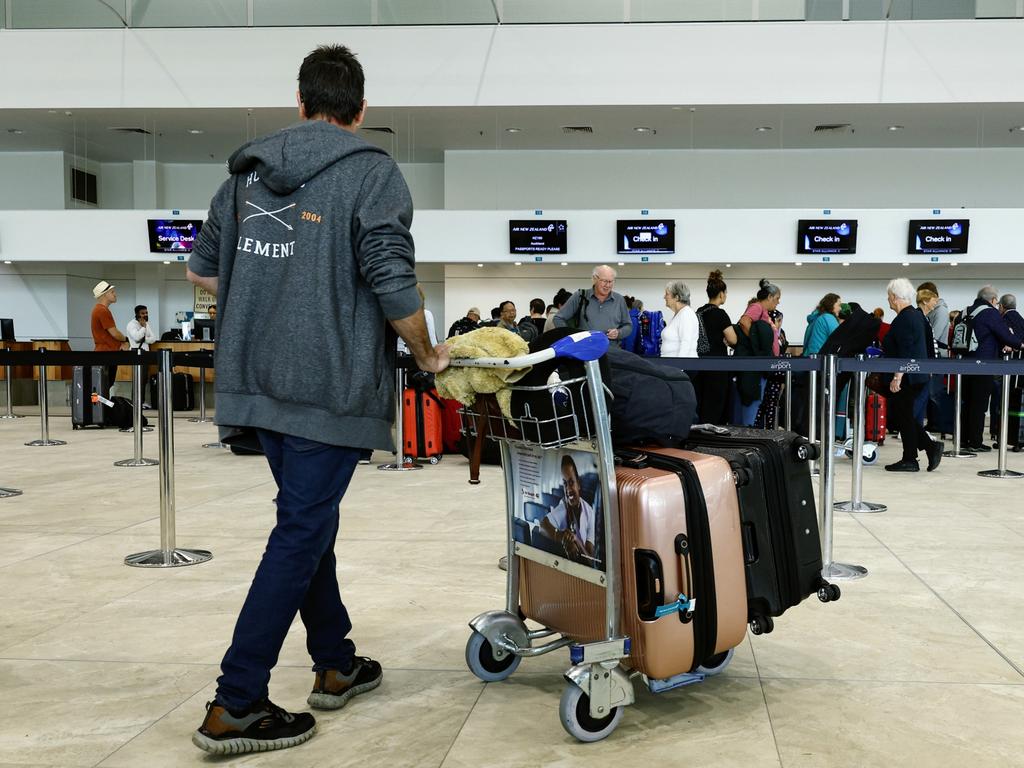
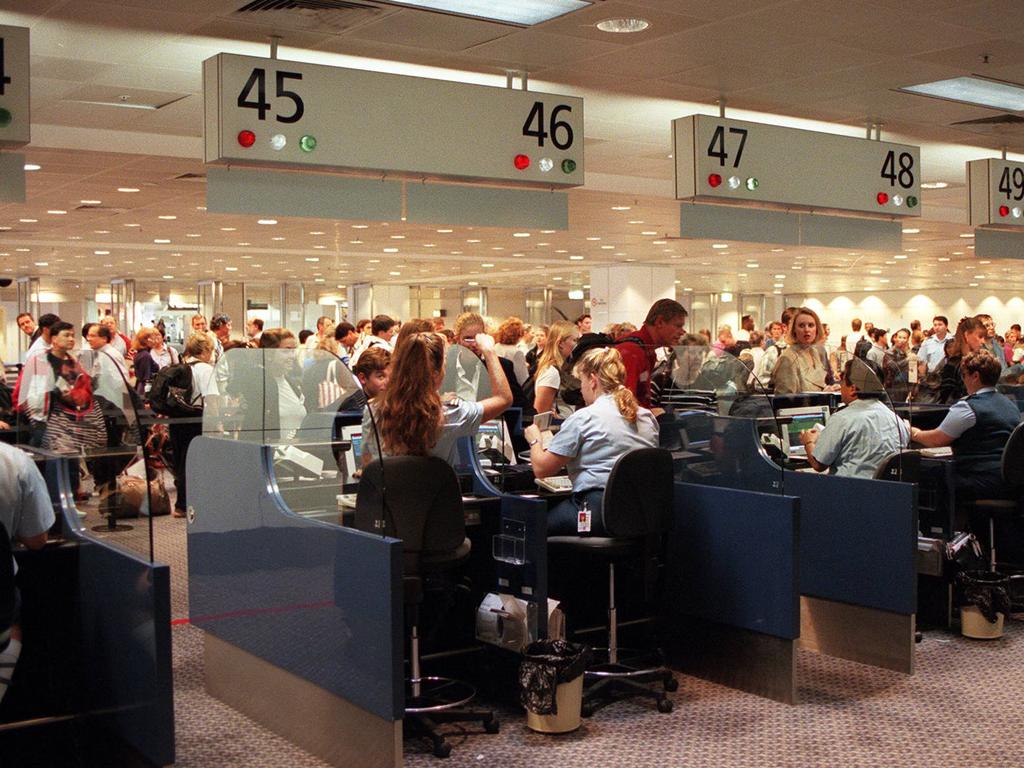



For an issue that eats incumbents alive and has always plagued Labor, Anthony Albanese has shown no urgency in addressing failings in the migration system. Worse, we’re missing out on building an engine of productivity, innovation, dynamism and aspiration.